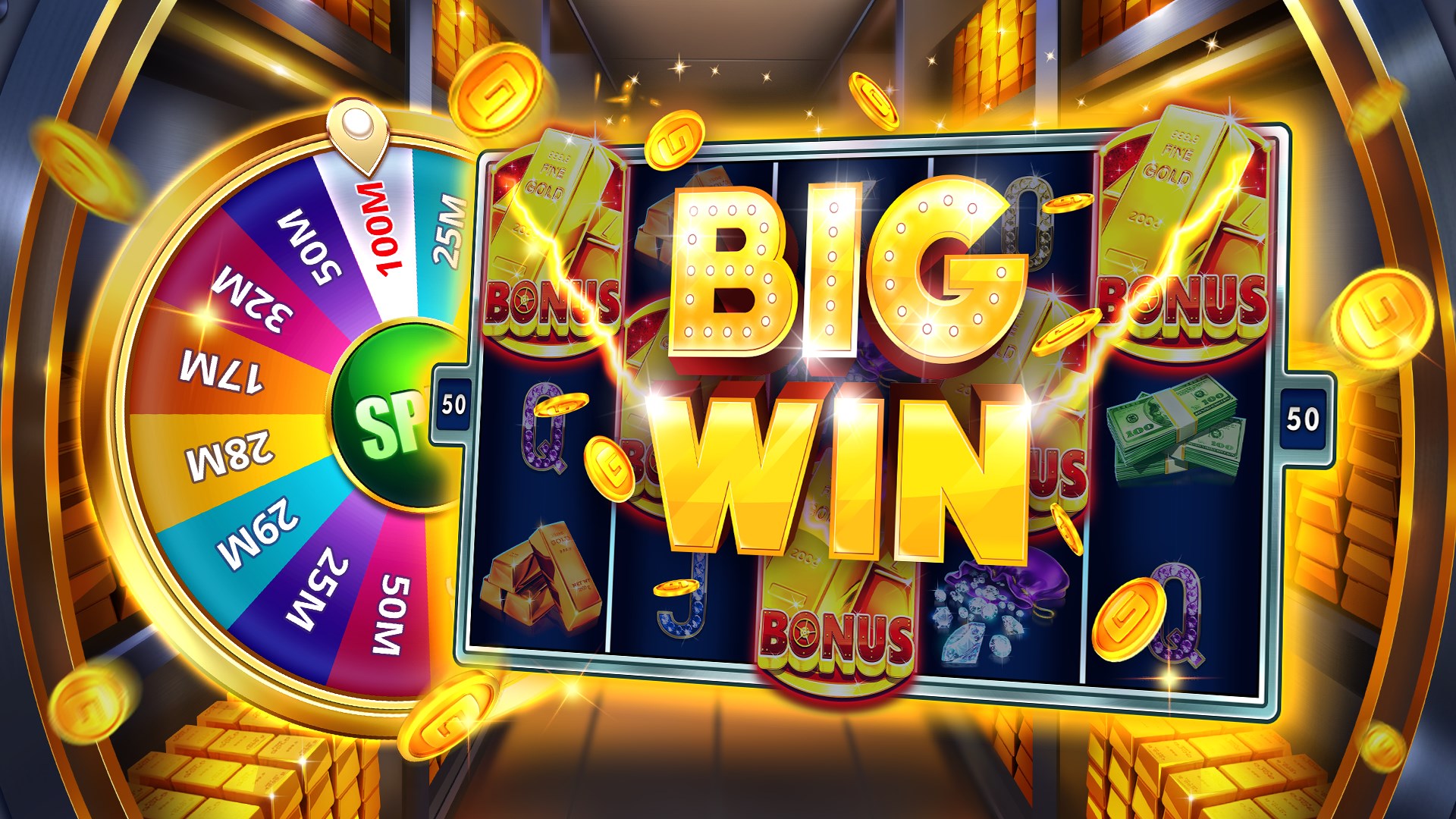
Unlike most casino games, you do not need to play a slot machine in order to win. These devices accept cash or a paper ticket with a barcode. They are usually activated by a lever, and spin a set of reels. When the right symbols line up on the pay line, you earn credits. The pay table is typically listed on the front of the machine.
The “old” slot machine typically consisted of a five-reel machine that had a few thousand possible combinations. Typical symbols were bells, fruits, lucky sevens, and other classic icons. They were accompanied by a candle which could be lit by pressing a “service” button.
The first fully electromechanical slot machine was developed by Bally in 1963. As early as 1940, Bally had developed the High Hand draw-poker machine. It featured basic electromechanical construction, but a side lever became a vestigial feature.
Slot clubs, or groups of slot machines, were a popular feature at the beginning of the twentieth century. They appeared in the US and Canada, and later, in Russia. After the fall of the Soviet Union, slot clubs disappeared from banned gambling areas, but were reborn in Russia.
Today, many state governments regulate the availability of slot machines. Some states restrict their use to bars, and others allow them in casinos. In some cases, slot machines are required to be installed in permanently anchored barges. Mississippi removed the barge requirement for casinos on the Gulf Coast after Hurricane Katrina. In other states, slot machines are permitted only in certain age ranges. New Jersey allows slot machines only in Atlantic City hotels. Similarly, Louisiana only permits casino-style gambling on riverboats.
In addition to the standard pay table, many slot machines feature advanced bonus rounds. Some feature interactive elements, such as a bonus game where you must match specific symbols to trigger a prize. The bonus game typically aligns with the game’s theme. Some feature wild symbols, which offer a lower prize if they don’t occur naturally.
Another slot machine feature is the “tilt” of the machine. This feature was derived from electromechanical slot machines’ tilt switches. Tilt switches break the circuit if they are tilted too far. Some of the earliest electromechanical slot machines used a tilt switch, but a side lever became a vestige of the past. The machine’s “tilt” may be less impressive than the “big” or “mi,” but it does have the most significant monetary reward of all.
A slot machine may also feature a “weight count” or “credit meter.” The credit meter is the device that lists the amount of credits the machine has in it. It’s also usually listed in the help menu or on the area above the wheels. This feature varies from machine to machine. Typically, 1 to 15 credits is given for each credit in the pay table.
Compared to the old slot machine, modern slot machines feature microprocessors and more sophisticated video graphics. These features may improve payout chances with increased wagers. Some games even feature “stacking” symbols, which appear on the entire reel.